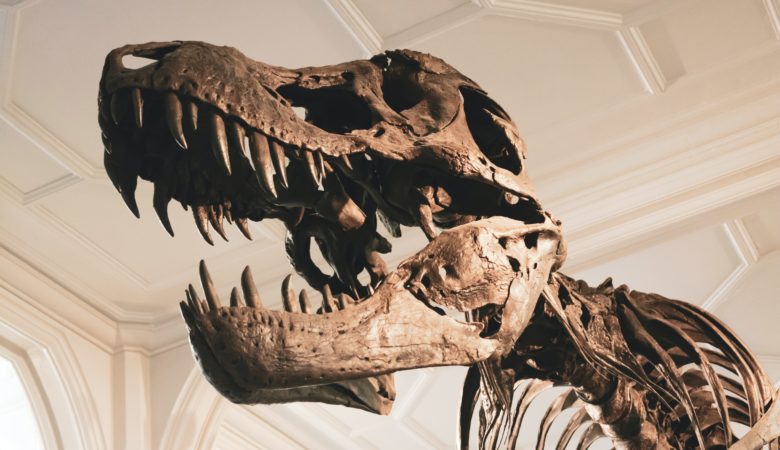Looking Back at the 5 Mass Extinctions That Shaped Our Planet

The earth has existed for the last 4.6 billion years. Over those years, we’ve seen a number of species go extinct, from animals to insects to plants. In fact, scientists believe that 99 percent of the species on earth have gone extinct.
That’s a staggering number—we wouldn’t blame you if it’s hard to wrap your head around the sheer size and breadth of these mass extinction events. But it’s not all bad news, and we can learn a lot from studying mass extinctions.
What is a mass extinction?
A mass extinction is defined as “the loss of least 75 percent of species in the geological blink of an eye — which can range from thousands to millions of years. Researchers have enough data from the fossil record going back just over half a billion years to identify five such mass extinction events, and many scientists believe we’re in the middle of a sixth.”
Mass extinctions usually occur in conjunction with major weather events or problems like ocean acidification. (In one case, an asteroid was responsible for the event.) When the climate and surroundings change so dramatically, it’s harder for some species to survive. Only the strongest survive—the rest go the way of the dodo bird and other once-common species. The good news is that once the hierarchy is altered, the surviving species tend to thrive and diversify.
Five mass extinctions over Earth’s history
Here are the five mass extinction events over the last 4.6 billion years:
- Ordovician-Silurian extinction: About 440 million years ago, ocean temperatures changed, and killed off about 85 percent of life on earth. The oceans housed most forms of life—while coral and shelled brachiopods lived in the water, they hadn’t yet ventured onto land. Most scientists believe that mass glaciation covered the planet, lowering sea levels and cooling off the ocean. Others believe that a hole in the ozone layer or volcanoes were to blame.
- Late Devonian extinction: 365 million years ago, 75 percent of species were killed off. This was likely caused by plants. While most of the life on earth was still relegated into the ocean, the advent of plants changed the landscape—literally. Plants caused a massive algae bloom in the oceans, which adversely affected most of the ocean species. So long to the “age of fish,” and hello to our new plant overlords.
- Permian-Triassic extinction: 253 million years ago, 96 percent of marine life and 70 percent of terrestrial life was killed off in the Permian-Triassic extinction. It’s the largest of the mass extinction events, and killed off a great deal of the amphibians, reptiles and insects that once lived on earth. This was due to volcanoes, which released a massive amount of carbon dioxide. The earth’s temperatures rose, making it inhospitable for most life.
- Triassic-Jurassic extinction: 201 million years ago, 80 percent of life on earth was killed off—once again, by volcanoes that contributed to global warming. The seas also acidified. Goodbye to prehistorical crocodiles and flying pterosaurs—we hardly knew ye.
- K-Pg extinction: Finally, 66 million years ago, the K-Pg extinction killed off 75 percent of life on earth. This is when the dinosaurs went, well, the way of the dinosaur. An asteroid over eight miles wide crashed into Yucatan, Mexico, and caused “months of blackened skies caused by debris and dust being hurled into the atmosphere,” in addition to a 100-mile wide, 12-mile deep crater that killed off life within 900 miles. Plants died en masse, which disrupted the dinosaurs’ food chains. Plus, the global temperatures plummeted, making the planet inhospitable to most species.
Are we in a sixth mass extinction period?
According to LiveScience, “Right now, humans find themselves at the beginning of the latest mass extinction, which is moving much faster than any of the others. Since 1970, the populations of vertebrate species have declined by an average of 68%, and currently more than 35,000 species are considered to be threatened with extinction… During the 20th century alone, as many as 543 land vertebrates became extinct.”
Yes, humanity is partially to blame for this mass extinction event. Since the Industrial Revolution, we’ve been pumping more and more carbon into the atmosphere, which affects global temperatures. More and more species are dying as a result.
That’s a sobering reality—and one we have to take seriously, if we don’t want humanity to join dinosaurs and dodo birds in the annals of history.

